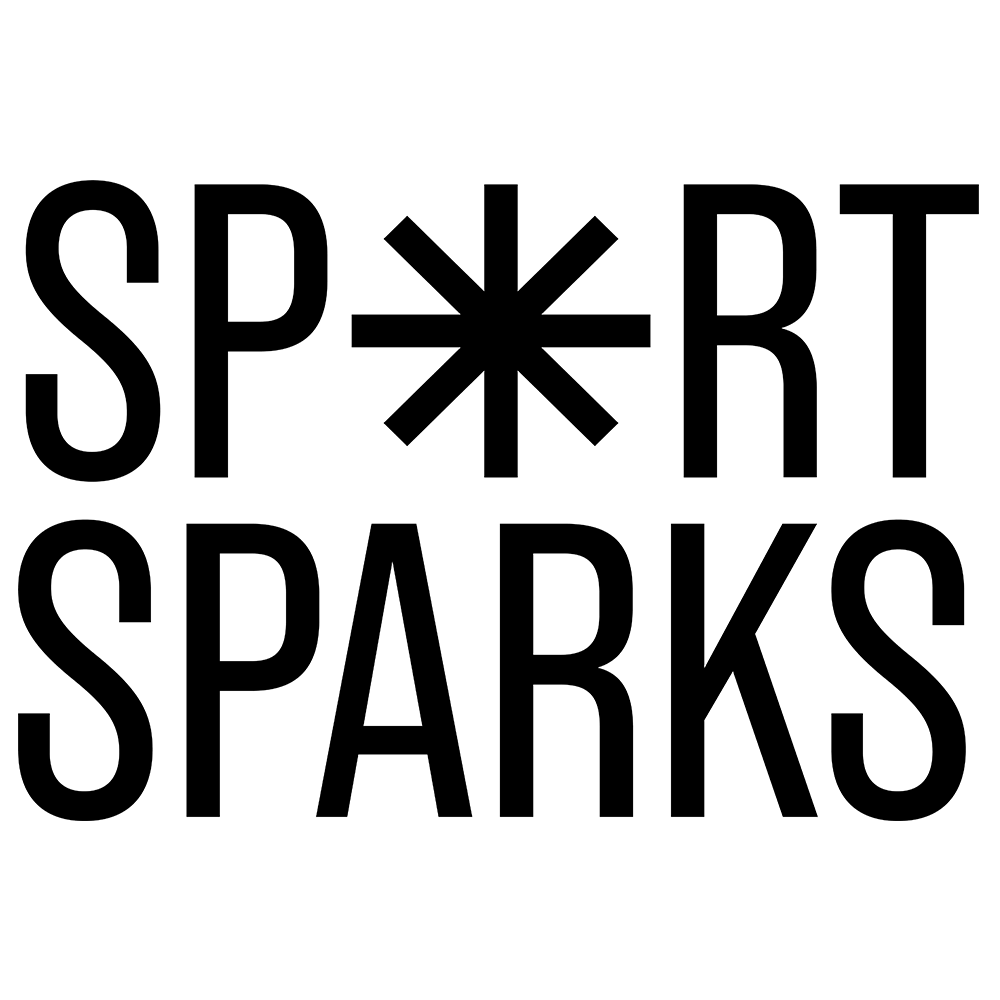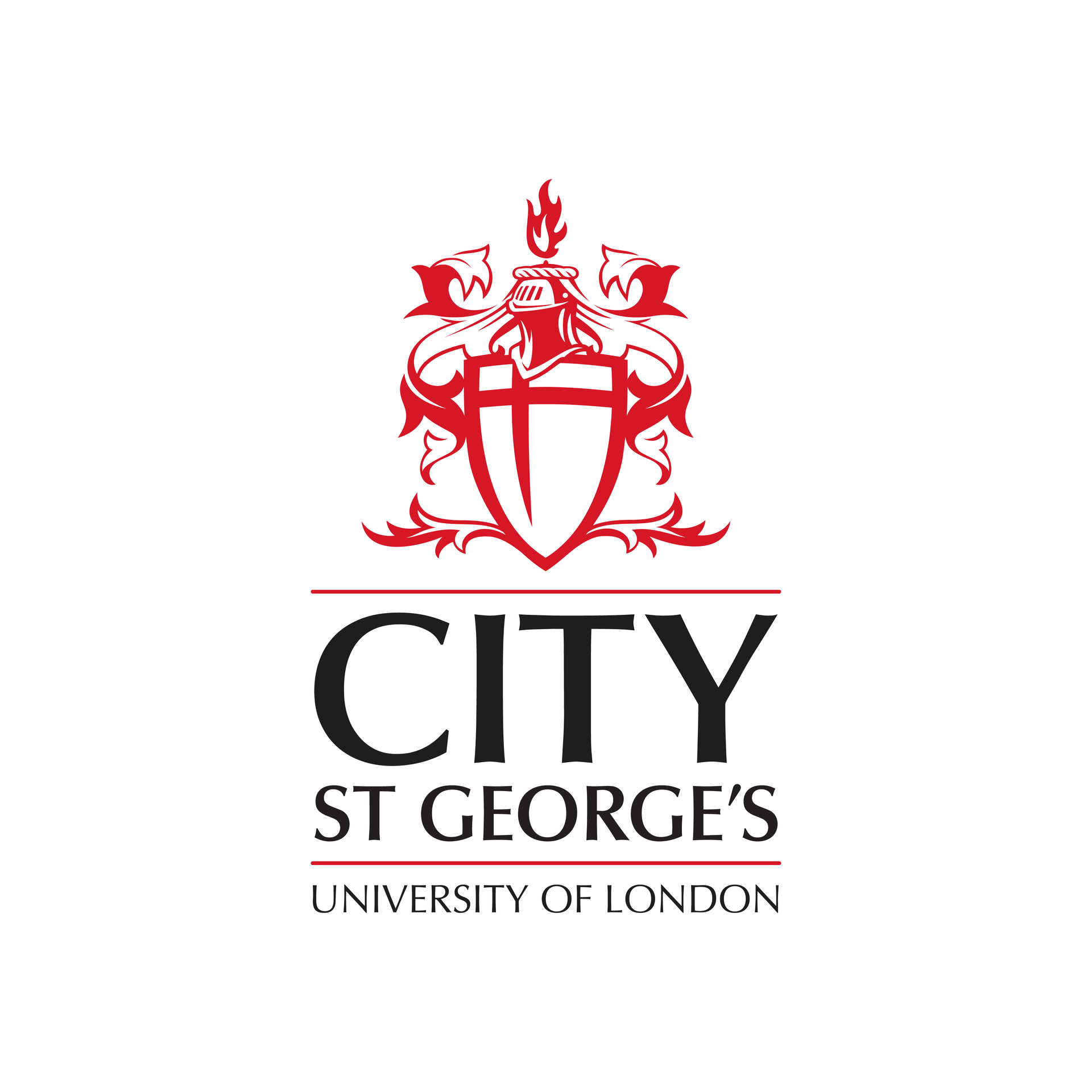
Constraint removal is a quick and simple technique for generating ideas. You systematically remove one or more constraint(s) on solving a challenge, working around the mental blocks that stop you from generating new ideas.
The grid is available to download as a PDF here and the whole process outlined below can be downloaded and printed as a PDF here.
-
WHAT DO I NEED AND HOW LONG WILL IT TAKE?
Duration
You can generate ideas in the first 5-10 minutes.
It is advised not to spend more than 20 or 25 minutes at a time on this technique.
What you need
- At least two people
- One large piece of paper
- Post-it notes and pens
- Our constraint removal grid [optional]
-
WHAT DO I DO AND HOW DOES IT WORK?
Once a coaching challenge has been identified, you can generate ideas in three quick and simple steps:
1. Brainstorm as many constraints as possible that relate to the challenge.
A constraint can be any fact and/or assumption that impedes you from solving the challenge. Typical examples of constraints in coaching include:
- a lack of time
- missing information
- limited access to the athlete
This part often happens quickly, because people are conditioned to think about barriers. Write the constraints on a large piece of paper as a list, or on our grid.
2. Select one constraint at a time.
For each constraint, imagine an alternative coaching world in which the constraint does not exist.
For example, a world in which you have:
- infinite time
- limitless access to the athlete
Don't worry if this alternative world seems far-fetched – that can often be helpful.
In each imagined world, ask what becomes possible and what new ideas emerge? Document all of your ideas on post-it notes or on our grid, however fanciful and unrealistic these might be. Keep going - non-sensical ideas have a tendency to become sensible over time.
Repeat this process for each selected constraint.
3. Review each documented idea in turn.
What elements of each idea are still possible, if the constraint is reapplied in your real world?
For example, take the ideas that were generated if you had "limitless access to the athlete" and ask how they might be modified to work when you have limited time with the athlete?
Record these final ideas as possible means of overcoming the challenge. Our grid is available to guide you.
-
EXAMPLES
A swimmer has asked for strategies to reduce her tiredness.
She has not reported a lack of sleep, her nutrition and diet are balanced, and she undergoes regular recovery processes.
Constraint Removal:
- Imagine coaching in an alternative world in which the swimmer needs no sleep at all
- New ideas possible in that world include training at different times, e.g. during the night, in order to explore the effect of this change on tiredness.
- Imagine coaching in a world where the swimmer has no other commitments or training regimes to maintain.
- New ideas in this world could include fewer training sessions with longer breaks, or introduce training activities until fatigue returns to determine swimmer’s tolerance to training.
Other constraints directly tied to the swimmer’s challenge include:
- Tiredness
- Recovery process
Constraints that apply generally tend to include:
- Resources
- Time
- Access to other coaches
-
HOW DOES IT WORK IN SPORT SPARKS?
The Imagine sparks in Sport Sparks direct and support you to discover ideas by removing constraints. It is highly effective if you are working alone.
Sport Sparks identifies constraints and directs you towards new ideas.
Constraint removal has been applied extensively in different sectors to encourage creative thinking that challenges boundaries. Give it a go by clicking the sign-in button on our website.



